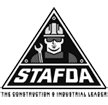
5 Essential Benefits of Choosing Air Hoists for Your Industrial Operations
In the fast-evolving landscape of industrial operations, the choice of lifting equipment plays a pivotal role in enhancing productivity and ensuring safety. According to a recent industry report by the Material Handling Industry of America (MHIA), the global market for material handling equipment is expected to reach $200 billion by 2025, with air hoists gaining significant traction due to their unique advantages. Air hoists utilize compressed air as their power source, making them an ideal solution for environments where electricity poses a risk, such as areas with flammable materials.
Moreover, the versatility and adaptability of air hoists are further validated by findings from the Industrial Equipment Manufacturers Association (IEMA), which highlight a growing preference for pneumatic lifting solutions in various sectors, including manufacturing, construction, and automotive industries. With their high-load capacity, low maintenance requirements, and enhanced safety features, air hoists not only streamline operations but also contribute to a more efficient work environment. This blog will explore five essential benefits of choosing air hoists for your industrial operations, illustrating why they are a smart investment for modern businesses striving for operational excellence.
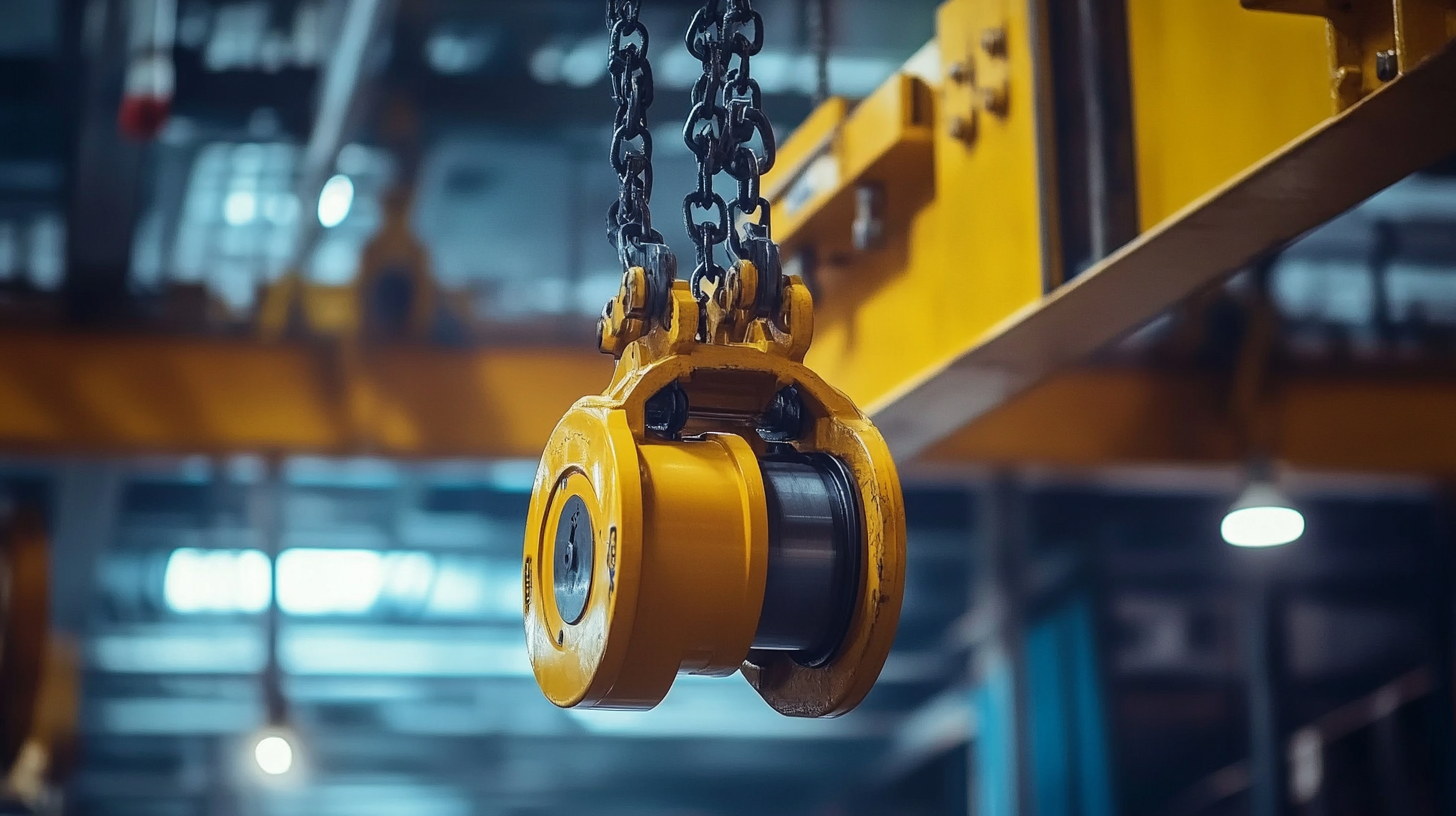
Advantages of Air Hoists Over Conventional Lifting Equipment
Air hoists are increasingly recognized for their advantages over conventional lifting equipment, particularly in industrial operations. With a growing emphasis on efficiency and safety in material handling, air hoists stand out due to their lightweight design and ease of operation. According to a report by the Material Handling Institute, air-powered lifting solutions can reduce energy consumption by up to 30% compared to electric hoists, making them not only eco-friendly but economically advantageous as well. One of the key advantages of air hoists is their versatility in various environments. Similar to the multi-purpose vessels gaining traction in the shipping industry, air hoists can handle a wide range of loads and are suitable for diverse applications, from assembly lines to construction sites. A report from the American Society of Mechanical Engineers reveals that the adaptability of air hoists allows them to operate seamlessly in demanding environments, including those with hazardous dust or moisture, which often challenges traditional electric lifting equipment. Safety is another critical factor where air hoists excel. With a lower risk of overheating and fewer mechanical components, air hoists tend to require less maintenance and are less prone to failure, leading to a significant reduction in workplace accidents. The Occupational Safety and Health Administration (OSHA) emphasizes that selecting appropriate lifting equipment can enhance workplace safety by 25%, underscoring the necessity of considering air hoists for reliable and secure operations. As industries continue to evolve, the integration of advanced lifting technologies like air hoists will be crucial for meeting the demands of modern industrial operations.
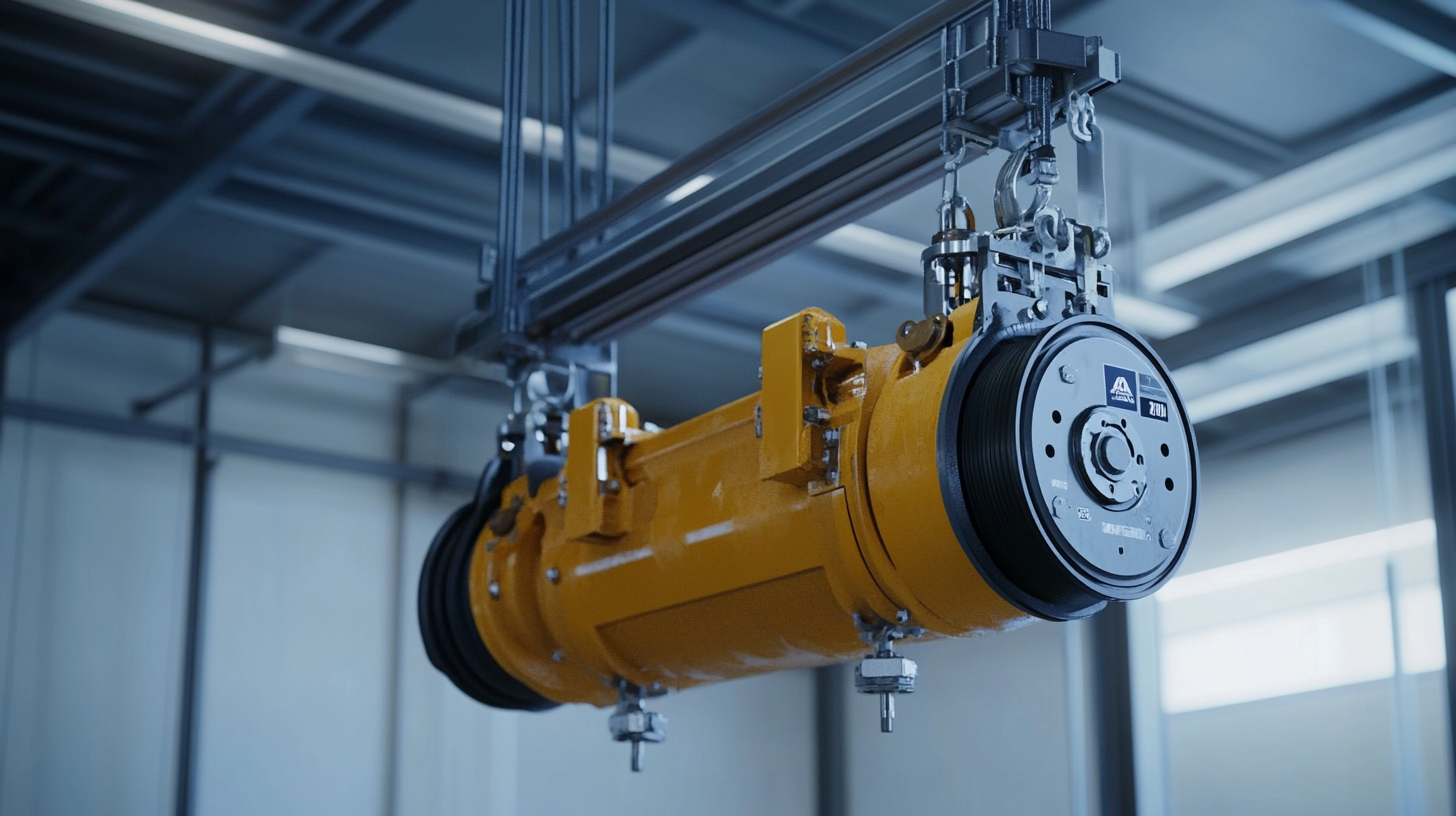
Enhanced Safety Features of Air Hoists in Industrial Workspaces
Air hoists have become a popular choice in industrial operations due to their superior safety features, making them an essential component for enhancing workplace safety. According to a report by the Industrial Safety and Health Association, about 60% of workplace injuries in manufacturing sectors result from improper lifting techniques or equipment failures. Utilizing air hoists can significantly mitigate these risks, providing a safer alternative for lifting heavy loads.
One of the key safety features of air hoists is their ability to operate under varying load conditions while maintaining stable lifting capabilities. Industry tests demonstrate that air hoists can handle loads up to 100,000 lbs. with a smoother and more controlled descent compared to electric hoists. This capability reduces the likelihood of load drops, which are a leading cause of injury in industrial workspaces. Furthermore, air hoists are equipped with built-in overload protection and automatic stop functions, ensuring that operators can work confidently without the fear of equipment malfunction.
Additionally, air hoists are designed to reduce the risk of explosions in environments containing combustible materials. According to the National Fire Protection Association, nearly 30% of all industrial explosions occur in facilities that use traditional electric hoists. Air hoists, being pneumatic, do not emit sparks or generate heat, making them ideal for hazardous locations. This feature not only enhances safety for operators but also protects valuable equipment and infrastructure from costly damages associated with industrial accidents. By incorporating air hoists into their operations, companies can foster a safer work environment and significantly reduce the potential for workplace injuries and incidents.
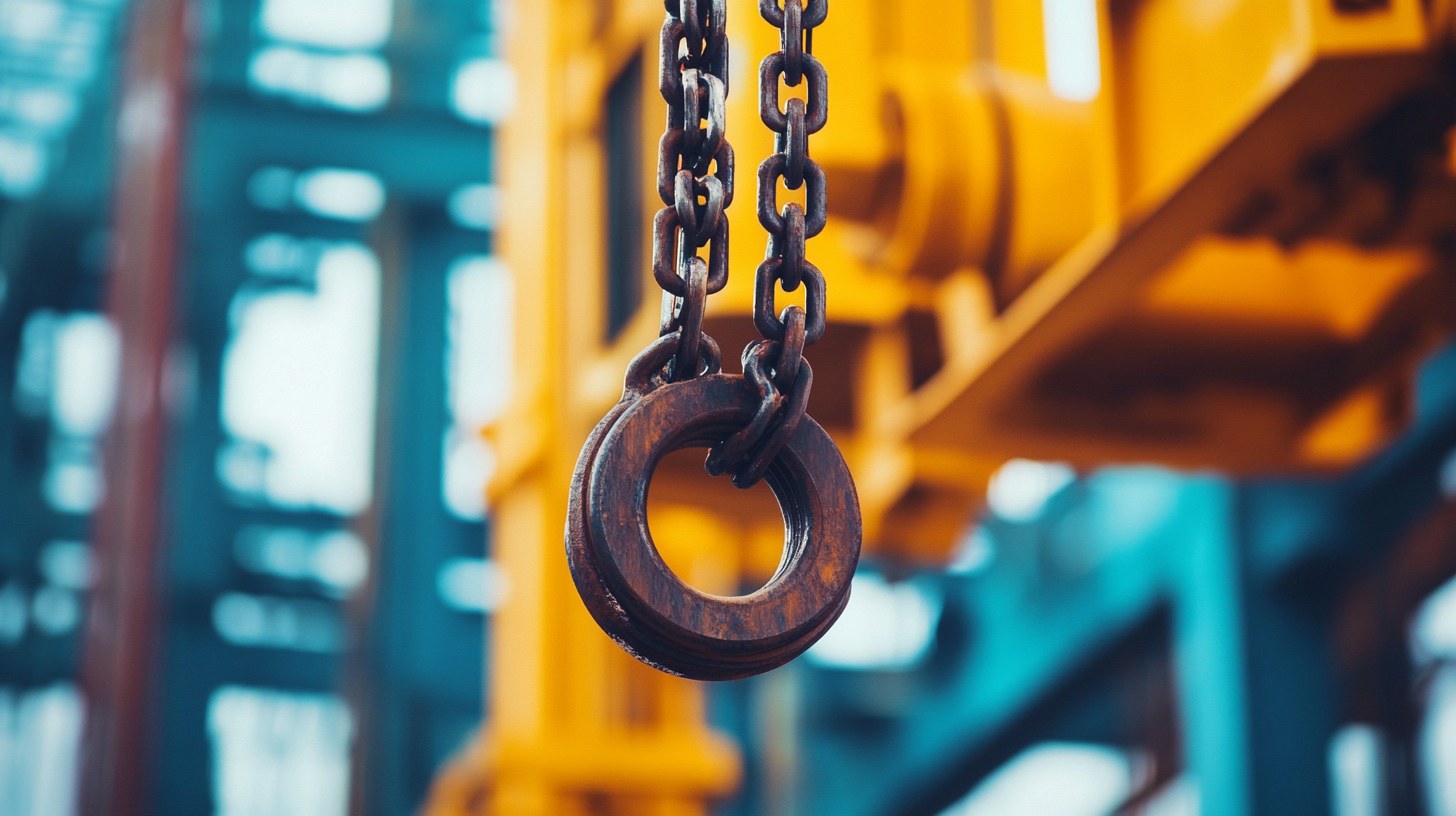
Efficiency and Speed: How Air Hoists Improve Operational Productivity
Air hoists have become a vital tool in industrial operations, especially when it comes to enhancing efficiency and speed. By utilizing compressed air as their power source, these hoists offer a myriad of advantages over traditional electric hoists. One of the primary benefits is their rapid lifting capability, which allows for quicker load handling. In high-demand environments where time is critical, air hoists significantly reduce the cycle time of lifting and lowering materials, leading to a notable increase in operational productivity.
Moreover, air hoists are designed for continuous use and can withstand harsh conditions, making them ideal for industries such as construction, manufacturing, and shipping. Their durability ensures minimal downtime, which translates to a more seamless workflow. The ability to adapt to various loads and workspaces further contributes to their efficiency. Operators can effortlessly switch between loads without extensive setup, thus maintaining a steady pace of production that keeps projects on track.
The precision and control offered by air hoists also enhance safety and reduce the risk of workplace accidents. Equipped with features like load limiters and automatic shut-off mechanisms, these hoists provide better stability during lifting operations. This not only protects the loaded materials but also ensures the safety of the personnel involved. By investing in air hoists, industrial operations can achieve a more productive work environment while prioritizing safety and efficiency.
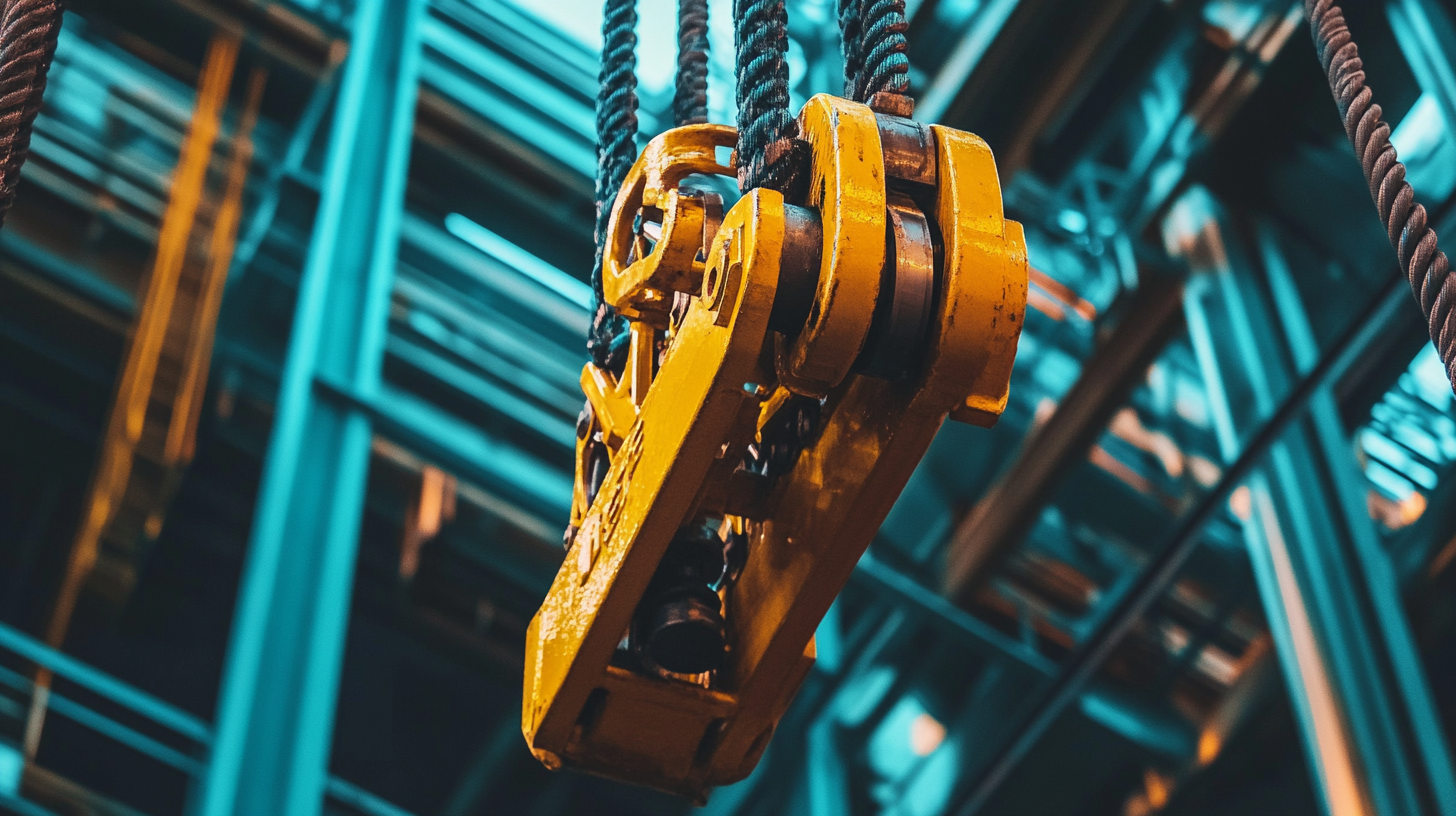
Versatility of Air Hoists in Various Industrial Applications
Air hoists are incredibly versatile tools that have found applications across various industrial sectors, significantly enhancing operational efficiency and safety. One of their standout features is their ability to handle a wide range of lifting tasks, making them suitable for different environments, from manufacturing plants to construction sites. The design flexibility of air hoists allows them to operate in tight spaces where conventional electric hoists might struggle, ensuring that workers can lift heavy materials with ease, regardless of the available space.
Another critical advantage of air hoists is their suitability for harsh and hazardous environments. Unlike electric hoists, air hoists are unaffected by dust, moisture, and temperature extremes, making them ideal for industries such as mining, shipbuilding, and chemical processing. Their air-powered operation minimizes the risk of sparks, thereby enhancing workplace safety when dealing with flammable materials. Additionally, the ability to customize air hoists for various lifting capacities and applications further underscores their adaptability and effectiveness in different industrial settings.
Lastly, air hoists contribute to sustainability in industrial operations. As they often consume less energy than their electric counterparts, they present a more environmentally friendly lifting solution. By utilizing compressed air, air hoists can lead to lower operational costs and reduce a facility's overall carbon footprint. This eco-conscious aspect, combined with their robust performance, showcases why air hoists are becoming a preferred choice across multiple industries.
Cost-Effectiveness and Maintenance Benefits of Using Air Hoists
Air hoists have become a popular choice for many industrial operations, bringing significant cost-effectiveness and maintenance benefits that can enhance productivity and operational efficiency. The growing trend towards miniaturization in pneumatic systems aligns perfectly with the advantages of air hoists, which are typically lighter and require fewer raw materials, ultimately reducing input costs. This shift not only cuts expenses but also simplifies handling and decreases wear on equipment—key factors in maintaining operational budgets.
Moreover, the ease of maintenance of air hoists contributes to lower overall operating costs. Air hoists generally possess fewer moving parts compared to their electric counterparts, resulting in less frequent breakdowns and reduced maintenance efforts. industries reliant on lifting solutions can benefit considerably from this reduced maintenance burden. Reports suggest that this design efficiency leads to a significant increase in uptime, creating a more reliable environment for heavy lifting needs.
Furthermore, the industrial air compressor market is forecasted to reach USD 7.7 billion, driven by advancements in technology and sustainability initiatives. As air hoists become integrated with more sophisticated pneumatic systems, industries will see enhanced performance without significantly escalating operational costs. This evolution reflects a broader commitment to energy efficiency and effective resource management, making air hoists an attractive option for today's cost-conscious industrial operators.
Copyright ©2024 Elephant Lifting Products | All rights reserved.
38381 N Robert Wilson Rd, Gonzales, LA 70737 USA
Toll Free: (888) 844-6113 | Phone: (225) 644-6113 | Fax: (225) 644-6695
Email: sale@floralift.org





